The Senna: McLaren’s track-focused hypercar detailed
The limited-edition hypercar is the firm’s most powerful road-going model
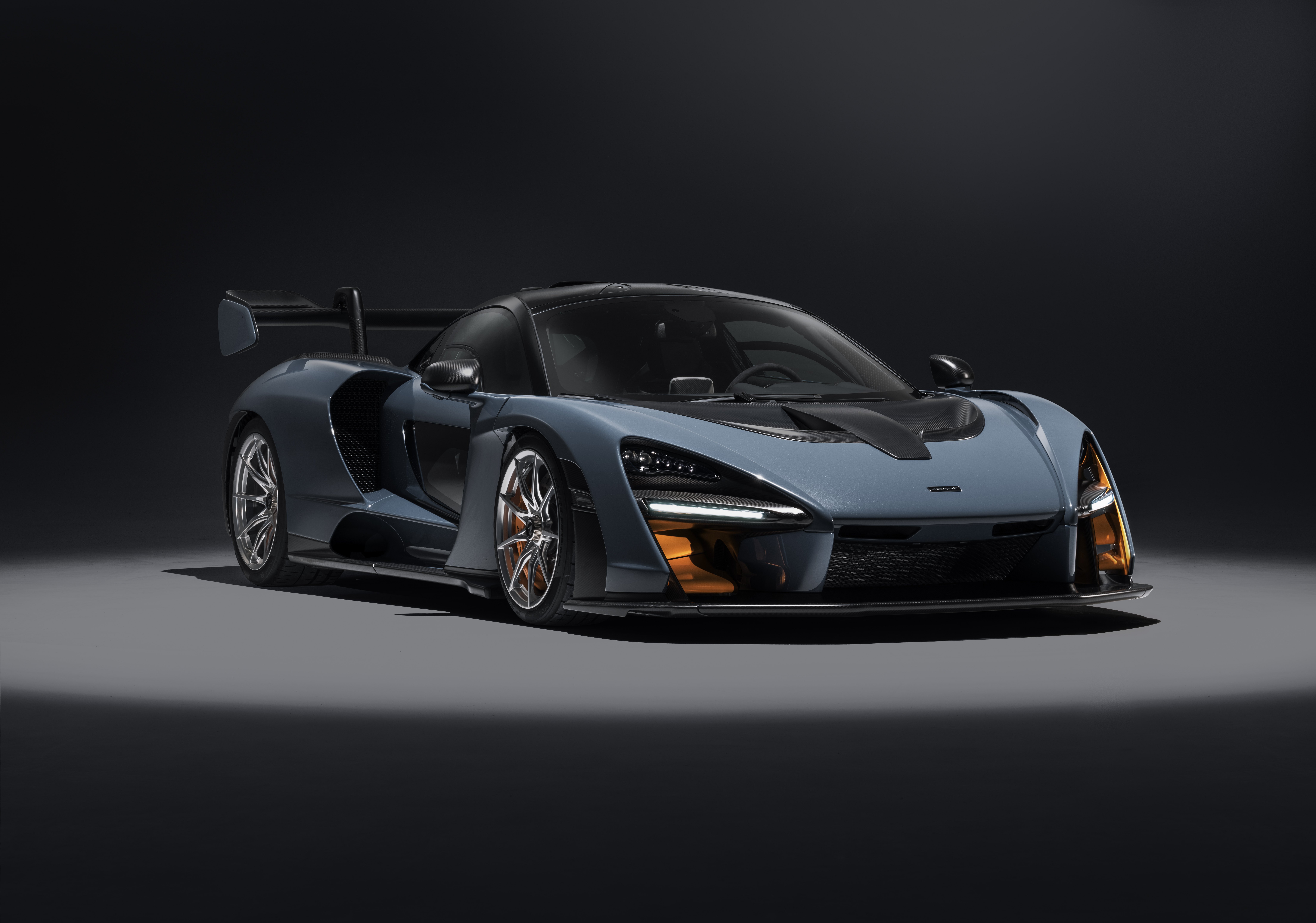
McLaren fans were split down the middle when the British firm unveiled its Senna hypercar last October. Some loved its extreme looks and racing-inspired rear-wing, while others thought it was ugly and oddly proportioned.
While looks are subjective, there’s no denying the hypercar, named after McLaren driver and triple F1 world champion Ayrton Senna, appears to be the most extreme road car the company has ever made.
Now McLaren has detailed the performance of the Senna ahead of its public debut at the Geneva Motor Show on 6 March.
The Week
Escape your echo chamber. Get the facts behind the news, plus analysis from multiple perspectives.

Sign up for The Week's Free Newsletters
From our morning news briefing to a weekly Good News Newsletter, get the best of The Week delivered directly to your inbox.
From our morning news briefing to a weekly Good News Newsletter, get the best of The Week delivered directly to your inbox.
Under the carbon fibre skin is a mid-mounted 4.0-litre twin-turbocharged V8 engine, the same motor that powers the company’s 720S supercar. It produces 789bhp and 590lb-ft of torque, which makes it the most powerful McLaren road car on sale. This helps the Senna go from 0-62mph in just 2.8sec and on to a top speed of 211mph.
Power is sent to the rear wheels through a seven-speed, dual-clutch automatic gearbox. You can switch the car into manual mode and change gear using the carbon fibre paddles behind the steering wheel.
On a circuit, the Senna can produce 800kg of downforce, which keeps the car under control when corning at high speeds. McLaren has achieved this by fitting the car with active aerodynamics, where the wings automatically change position for optimum grip.
Plus, McLaren will remove the vehicle’s silencer on models shipped to countries that do not have noise restrictions. Unfortunately for fans of loud cars, that doesn’t apply to models bought in the UK.
A free daily email with the biggest news stories of the day – and the best features from TheWeek.com
The company plans to produce 500 Sennas, each costing £750,000 and taking 300 hours to build by hand.
-
 ‘Jumping genes': How polar bears are rewiring their DNA to survive the warming Arctic
‘Jumping genes': How polar bears are rewiring their DNA to survive the warming ArcticUnder the radar The species is adapting to warmer temperatures
-
 January’s books feature a revisioned classic, a homeschooler's memoir and a provocative thriller dramedy
January’s books feature a revisioned classic, a homeschooler's memoir and a provocative thriller dramedyThe Week Recommends This month’s new releases include ‘Call Me Ishmaelle’ by Xiaolu Guo, ‘Homeschooled: A Memoir’ by Stefan Merrill Block, ‘Anatomy of an Alibi’ by Ashley Elston and ‘Half His Age’ by Jennette McCurdy
-
 Venezuela’s Trump-shaped power vacuum
Venezuela’s Trump-shaped power vacuumIN THE SPOTLIGHT The American abduction of Venezuelan President Nicolás Maduro has thrust South America’s biggest oil-producing state into uncharted geopolitical waters
-
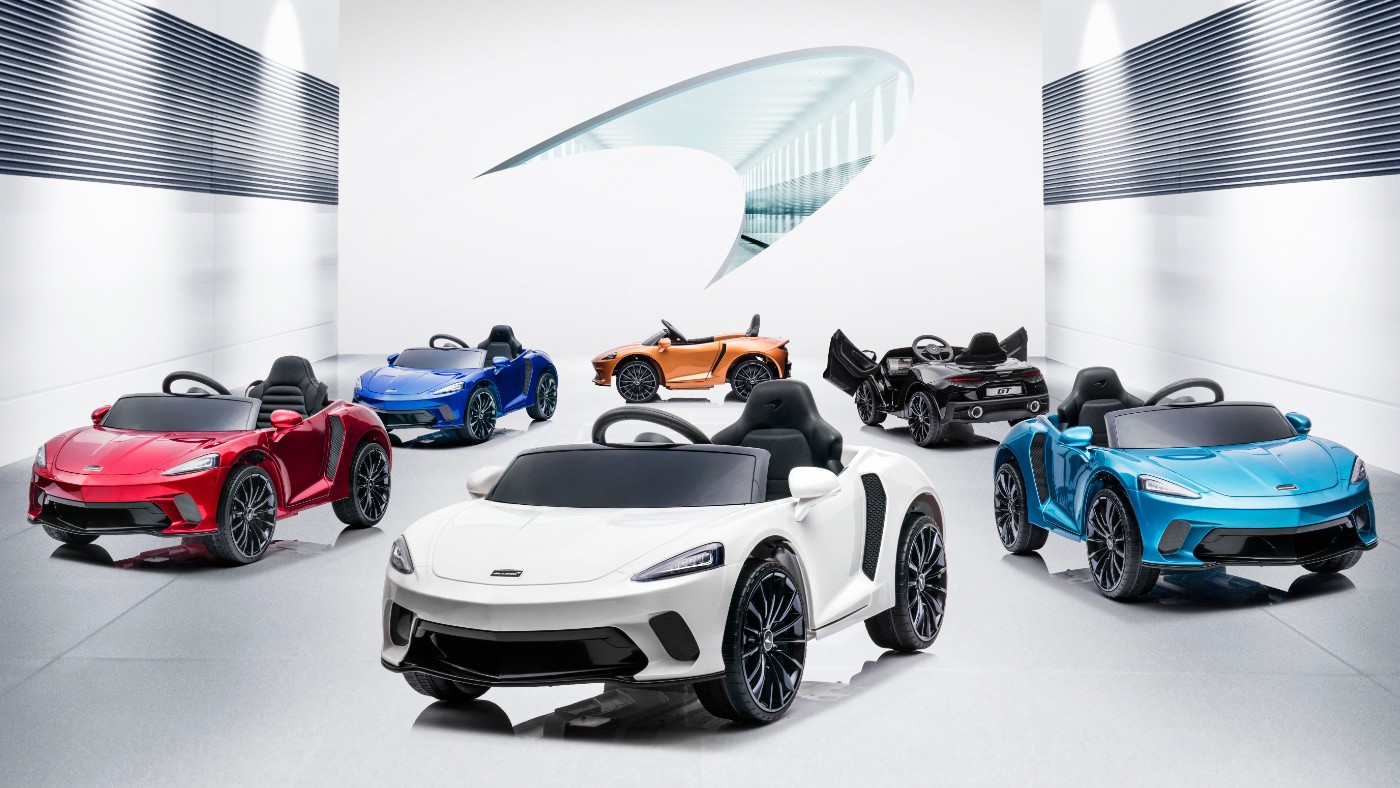 McLaren GT Ride-On: a cool new supercar for kids
McLaren GT Ride-On: a cool new supercar for kidsThe Week Recommends It’s the fourth model in McLaren’s children’s toy range
-
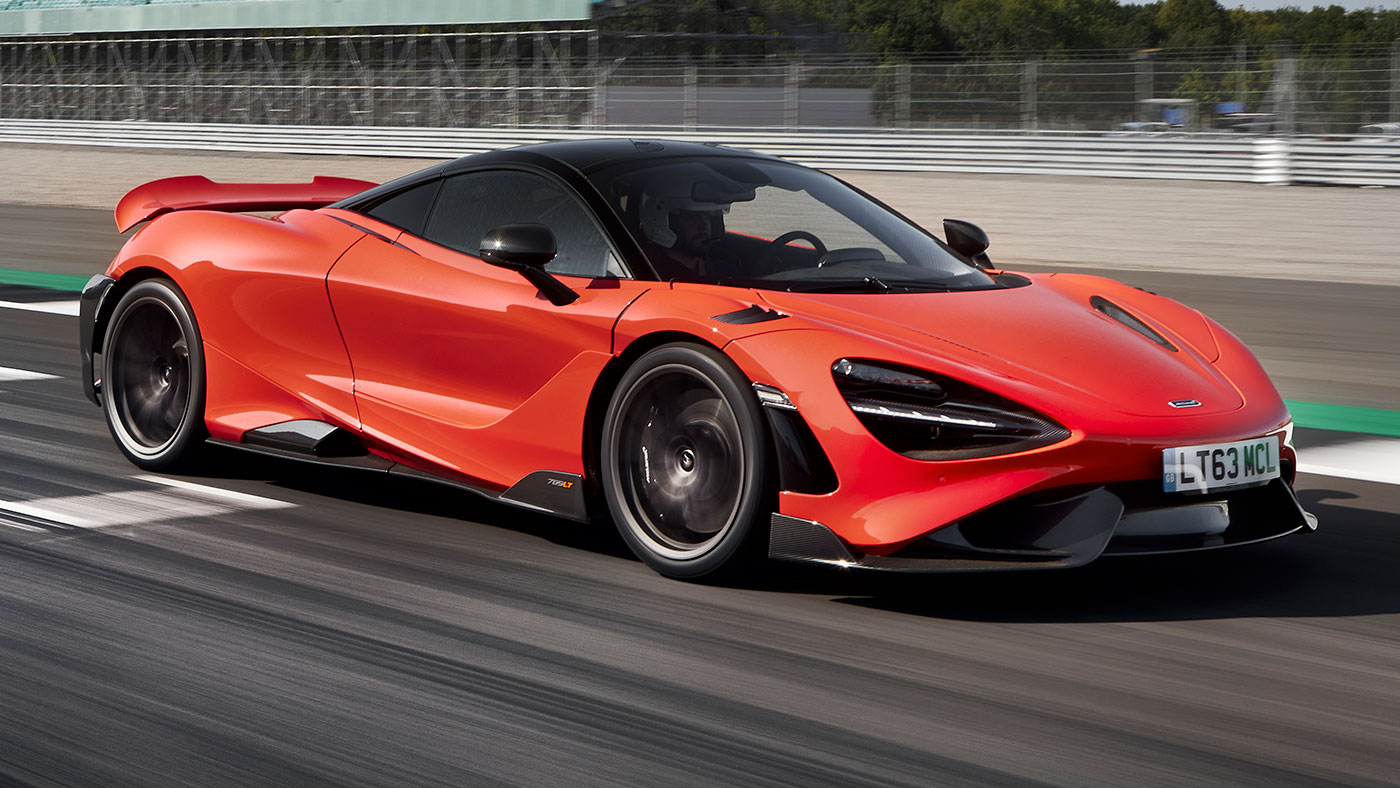 McLaren’s 765LT is its spiciest model yet
McLaren’s 765LT is its spiciest model yetSpeed Read The 765LT is a real wild ride, but it’s not too hot to handle
-
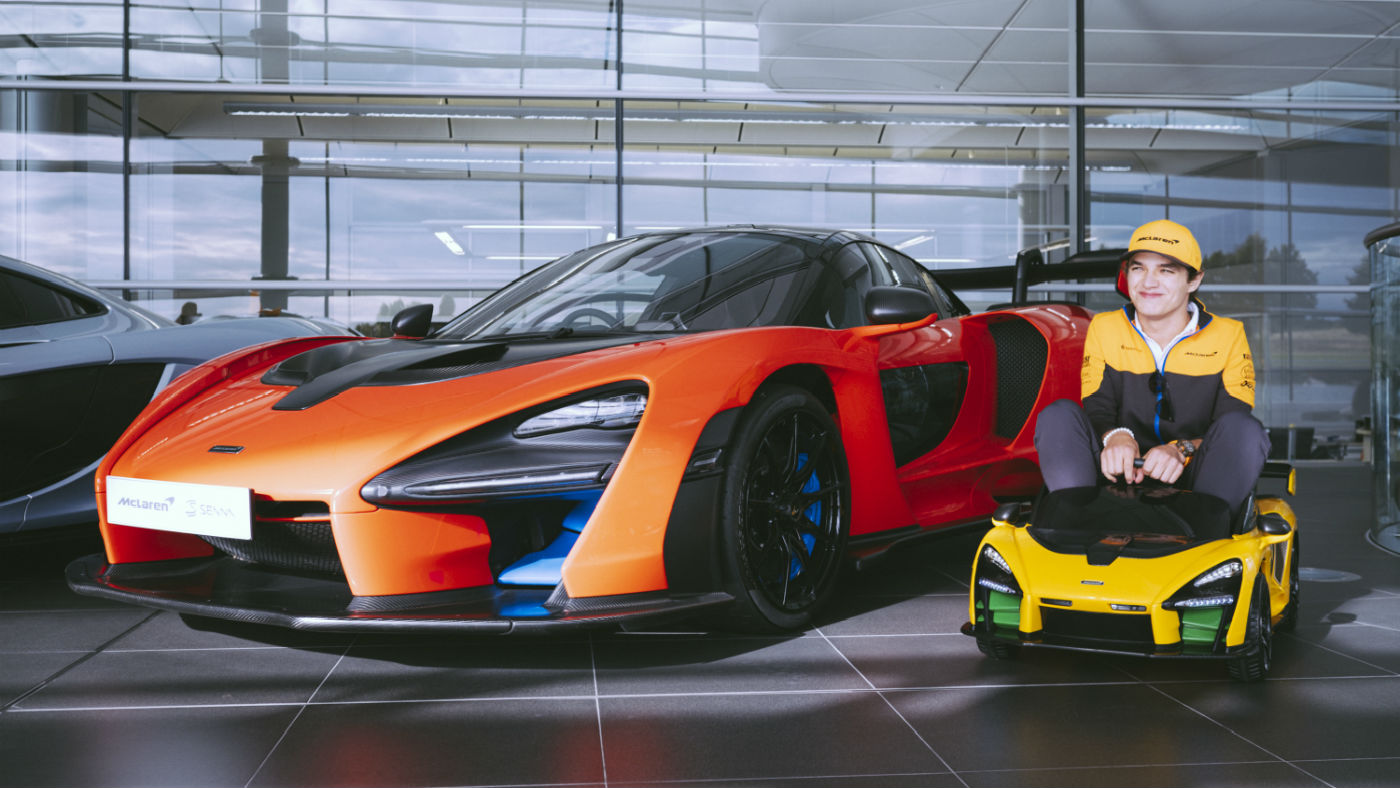 McLaren Senna Ride-On: the ultimate electric toy car of 2020
McLaren Senna Ride-On: the ultimate electric toy car of 2020Speed Read This supercar for kids is so cool that even F1 star Lando Norris jumped at the chance to take it for a spin
-
 McLaren GT review: does the new supercar live up to its grand tourer name?
McLaren GT review: does the new supercar live up to its grand tourer name?The Week Recommends The Week Portfolio puts the British marque’s mid-engined model to the test
-
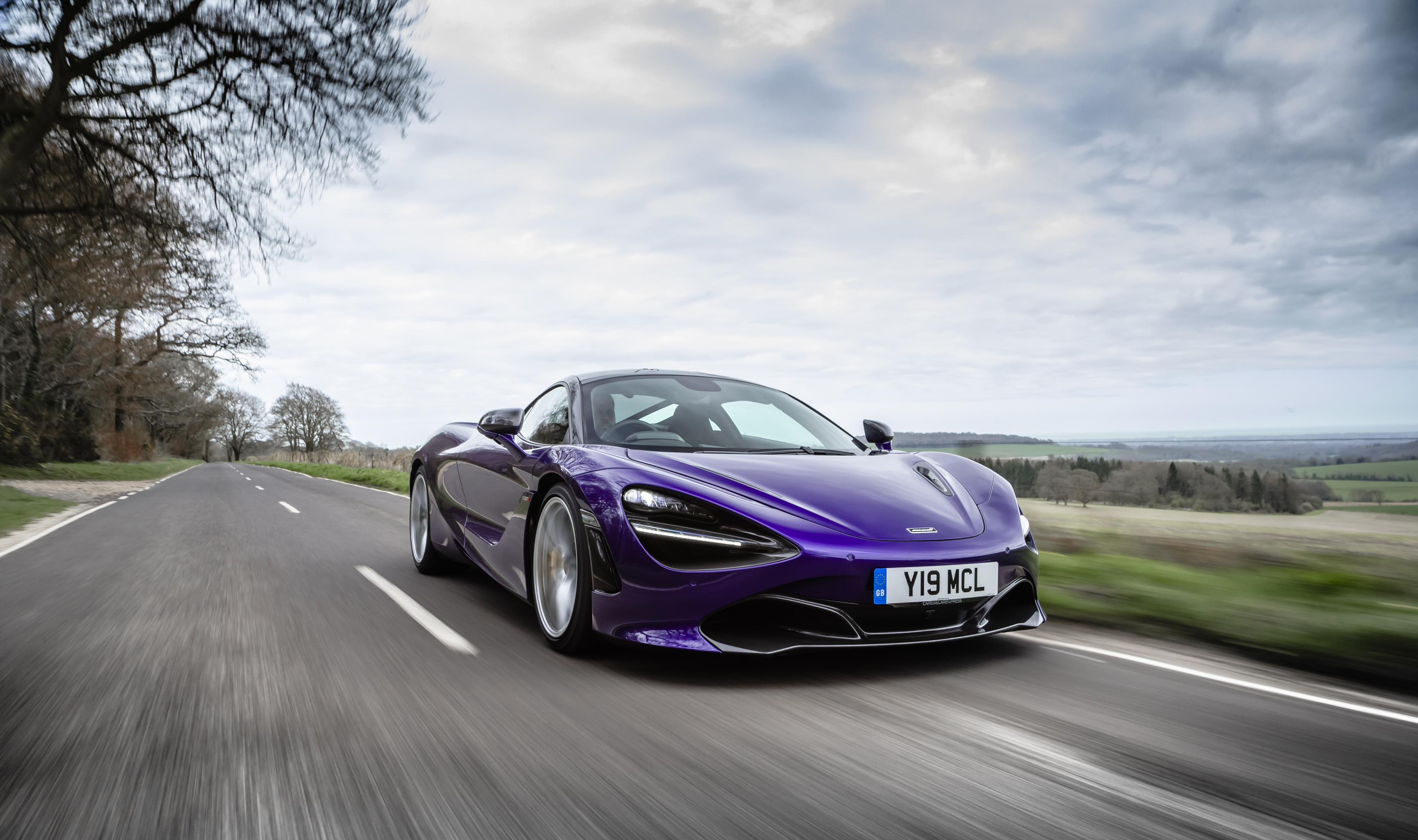 McLaren ‘750LT’ 2020: next Longtail spied at the Nurburgring
McLaren ‘750LT’ 2020: next Longtail spied at the NurburgringIn Depth Track-focused supercar spotted with aggressive new looks
-
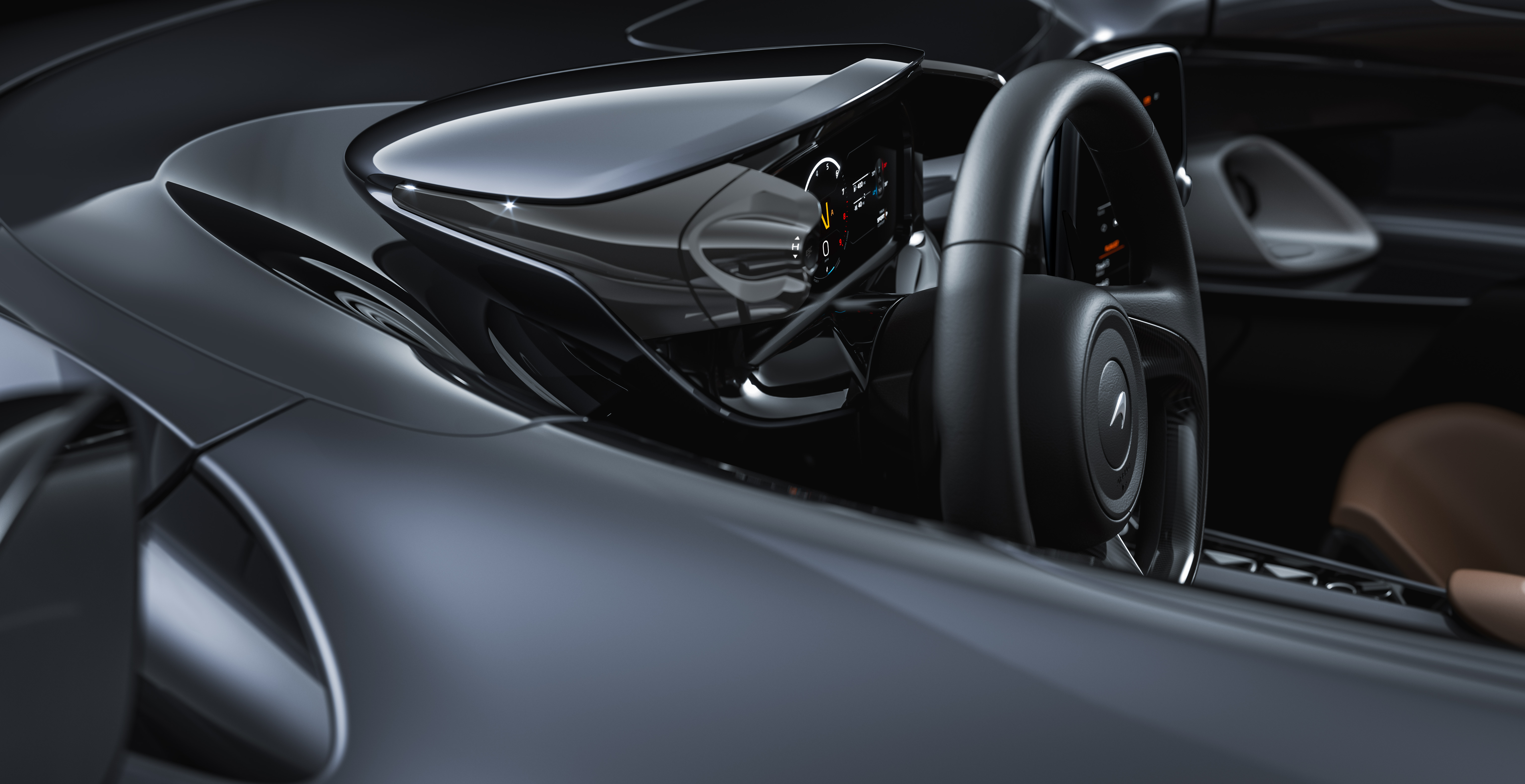 McLaren Elva 2020: official images, plus pricing, specs and release
McLaren Elva 2020: official images, plus pricing, specs and releaseIn Depth British marque focuses on road-going thrills over track performance for next Ultimate Series model
-
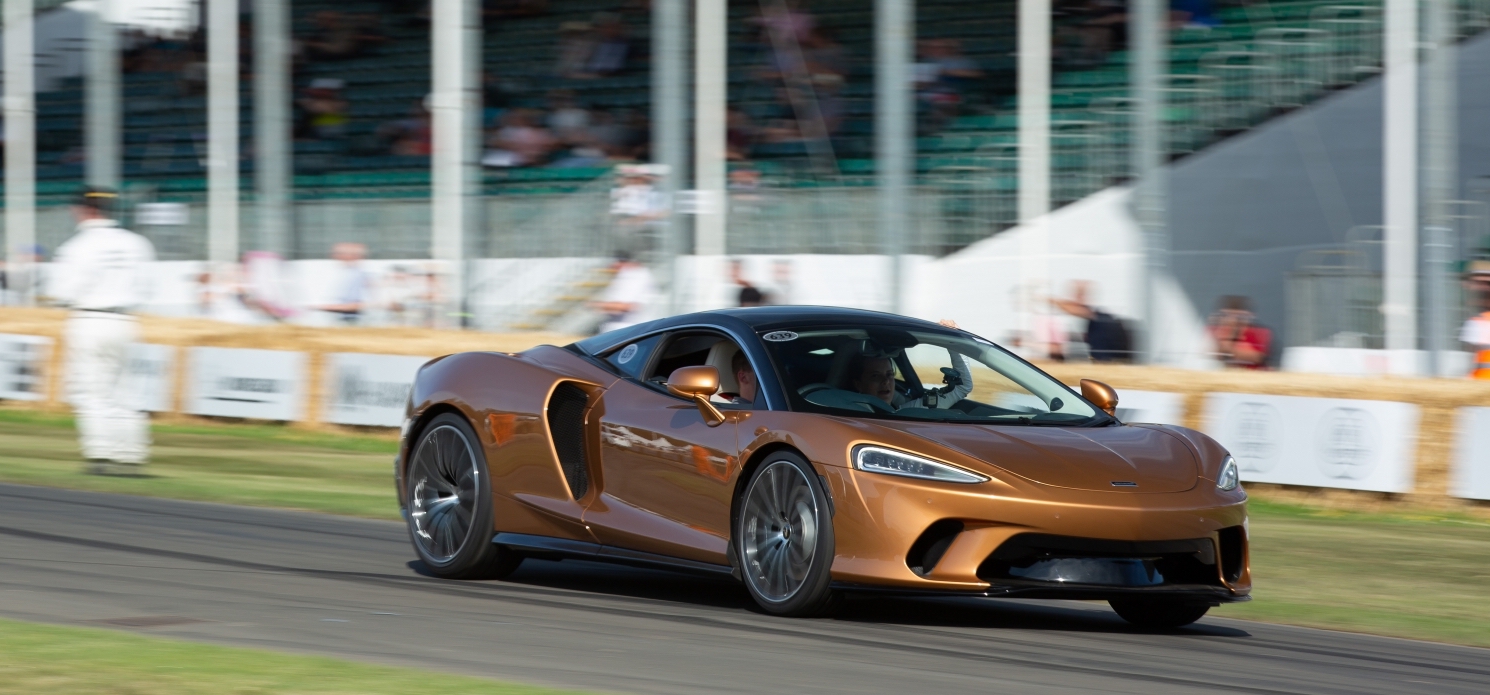 McLaren GT ride review: a sprint up Goodwood hill in the new grand tourer
McLaren GT ride review: a sprint up Goodwood hill in the new grand tourerThe Week Recommends We head to the Festival of Speed to sample the British sports car maker’s latest supercar
-
 McLaren GT 2019: official images, specs, prices and UK release date
McLaren GT 2019: official images, specs, prices and UK release dateIn Depth The covers come off the marque’s new grand tourer, here’s what you need to know